Golf carts are not just for the golf course anymore; they’ve become essential for various activities like neighborhood cruising, campground rentals, and towing gear on family outings. If you’re fortunate enough to own an electric golf cart, it’s important to keep it in tip-top shape. Not only does good maintenance extend its lifespan, but it also ensures optimal performance while you zoom around the green or explore your community.
In this guide, we’ll cover everything you need to know about electric golf cart maintenance. Whether you’re a first-time owner or a seasoned pro, this article will provide you with essential tips to keep your cart running smoothly. So, let’s get started!
1. Understanding Your Electric Golf Cart
Before diving into maintenance, let’s brush up on some basics about your electric golf cart. Electric golf carts are powered by rechargeable batteries, typically leading to lower operational costs compared to gas-powered models. However, this also means that appropriate maintenance for electric components is crucial.
Key Components of Electric Golf Carts
- Batteries: The heart of your electric cart; understand the type of battery (lead-acid, lithium-ion).
- Electric Motor: Converts electrical energy into mechanical energy; needs occasional checks.
- Wiring and Connections: Ensure these are intact and not corroded.
2. Routine Maintenance Tips
Establishing a routine maintenance schedule keeps your cart functioning efficiently and prevents larger issues from arising. Here’s what to focus on:
Battery Maintenance
Batteries require consistent care:
- Check Water Levels: If you have lead-acid batteries, keep the water levels above the plates.
- Clean Terminals: Corrosion can hamper performance; clean terminals with a mixture of baking soda and water.
- Charge Regularly: Avoid deep discharges. Charge your battery after each use.
Tire Maintenance
Proper tire care goes a long way:
- Check Pressure: Maintain appropriate air pressure; under-inflated tires can lead to poor performance.
- Inspect Treads: Look for wear and replace when necessary; this improves safety.
Clean the Cart
An aesthetically pleasing golf cart is more enjoyable! Here’s how to maintain its appearance:
- Exterior Wash: Use a mild detergent and soft cloth.
- Avoid Pressure Washing: High pressure can damage electric components.
 Cleaning an electric golf cart
Cleaning an electric golf cart
3. Seasonal Maintenance
Just like you’d prepare for winter, your golf cart needs seasonal attention. Here’s a breakdown:
Spring Maintenance
- Inspect Batteries: Check for corrosion; ensure it’s fully charged and ready for the season.
- Test Electrical Systems: Ensure all wires, lights, and brakes are fully operational.
Summer Maintenance
- Cool Down Periods: If using during intense heat, allow for breaks to prevent overheating.
- Check Tire Inflation: Heat can affect tire pressure—maintain it.
Fall Maintenance
- Cleaning for Storage: Wash exterior and clean the interior.
- Battery Maintenance: Top up battery water if needed.
Winter Maintenance
- Prepare for Storage: If not used frequently, consider winterizing your golf cart.
- Keep Batteries Charged: During long periods of inactivity, keep batteries charged but disconnect from cart.
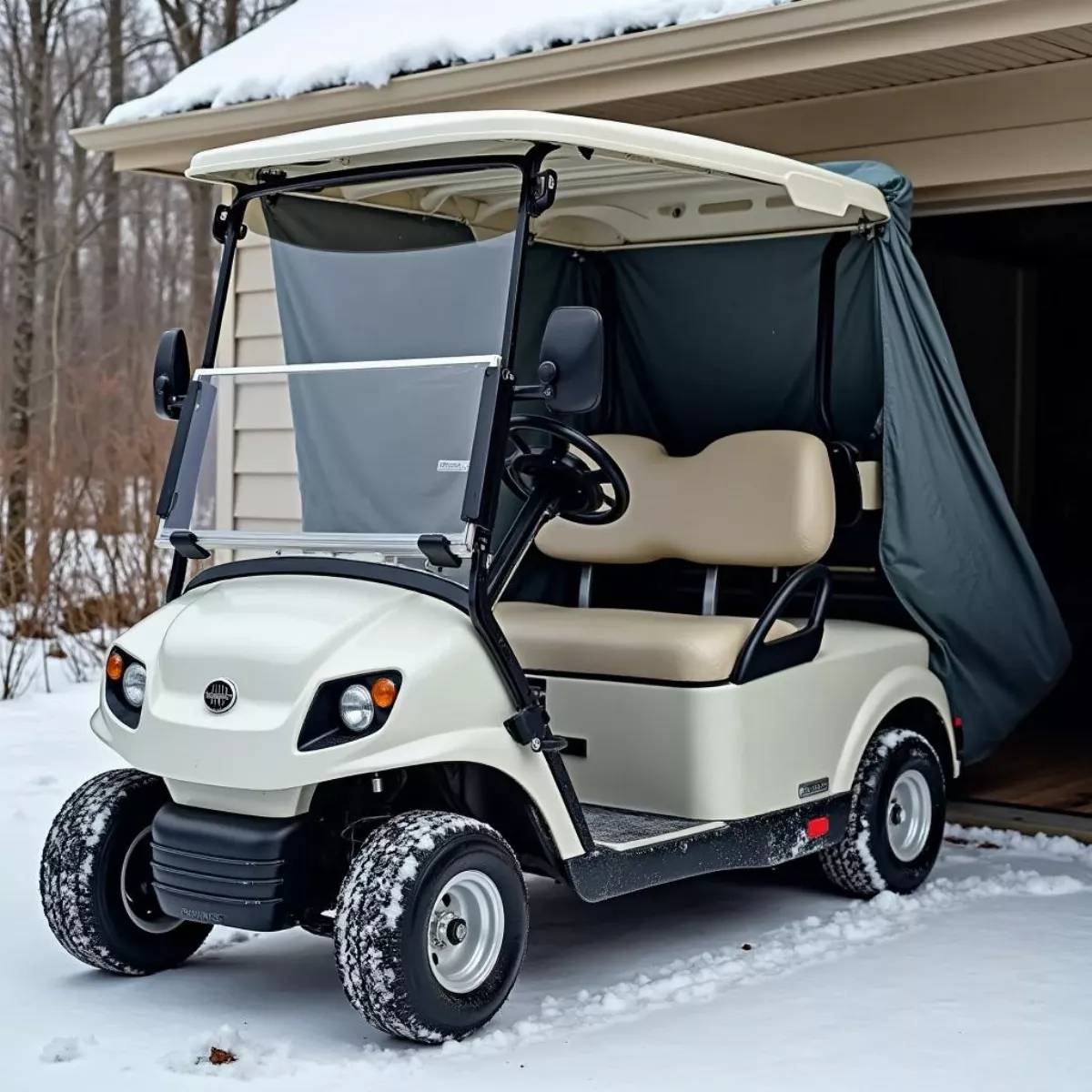 Winterizing an electric golf cart
Winterizing an electric golf cart
4. Troubleshooting Common Problems
Even well-maintained carts can experience issues. Here’s a list of common problems and quick fixes:
| Problem | Possible Causes | Solutions |
|---|---|---|
| Cart won’t start | Dead battery, connections loose | Charge battery; check connections |
| Battery draining rapidly | Overuse, faulty battery | Test battery health; replace if needed |
| Slow performance | Low tire pressure | Inflate to recommended pressure |
| Unusual noises | Loose connections or motor issues | Inspect connections, consult a pro |
5. Upscaling Your Golf Cart
A well-maintained electric golf cart is a wonder, but what if you want to take it to the next level? Here are some tips for upgrading:
- Battery Upgrade: Consider high-quality lithium-ion batteries for enhanced performance.
- Custom Tires: Specialized tires can improve grip and aesthetics.
- Added Accessories: Think about personal touches like a stereo system or custom paint jobs.
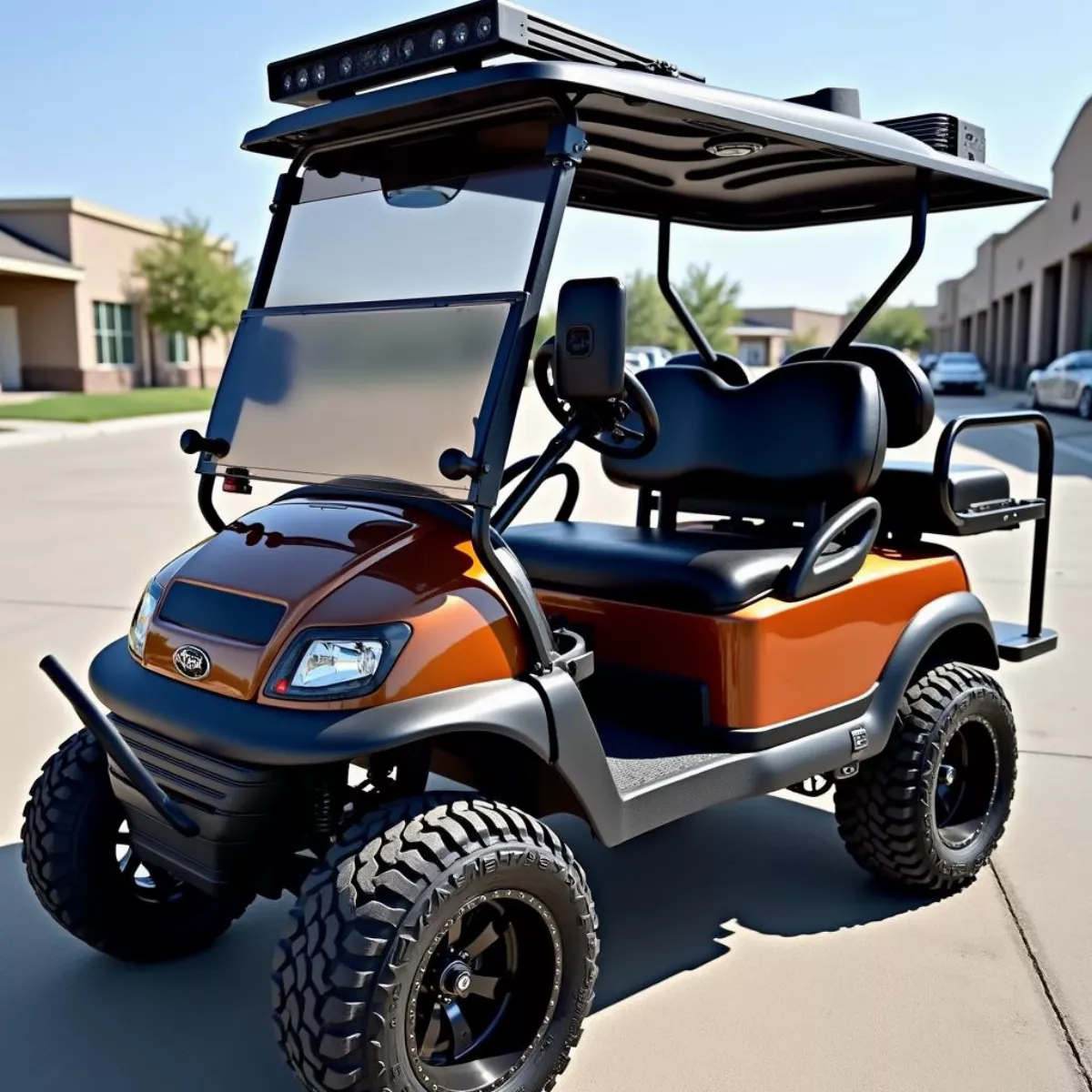 Upgraded electric golf cart with accessories
Upgraded electric golf cart with accessories
6. Washing and Polishing Your Cart
Keeping your electric golf cart pristine shouldn’t be neglected! Opt for a routine wash every few weeks if you’re using it often. Here’s a quick guide:
- Mild Detergent: Use with a soft sponge; avoid harsh chemicals.
- Polishing: Apply a wax treatment a couple of times a year to protect the paint.
- Interior Cleaning: Use gentle upholstery cleaner for seats, and avoid soaking them.
Key Takeaways
- Routine checks vital for batteries, tires, and overall cleanliness.
- Keep batteries charged and maintain proper water levels.
- Inspect wiring and connections for safety and performance.
- Seasonal maintenance ensures longevity during temperature fluctuations.
- Address common problems like dead batteries swiftly to avoid further complications.
FAQ Section
1. How often should I charge my electric golf cart?
Ideally, charge your golf cart after every use, especially after long outings, even if the battery level isn’t critically low.
2. How do I know when to replace the batteries?
Signs include a drop in performance, requiring more frequent charging, or a battery age of more than 5-7 years for lead-acid batteries.
3. Can I wash my golf cart with a pressure washer?
No, using a pressure washer can damage sensitive electrical components. Instead, stick with hand washing for best results.
4. What should I use to clean corroded battery terminals?
A solution of baking soda and water works wonders for cleaning corrosion off battery terminals.
5. Why is my golf cart slowing down?
This could be due to low battery charge, tire pressure issues, or problems with the electric motor.
6. Is it necessary to lubricate the moving parts of my golf cart?
Yes, periodic lubrication of moving parts like wheel bearings and steering components is advisable to ensure smooth operation.
7. How can I avoid over-discharging my batteries?
Implement a regular charging routine and ensure you have a battery management system in place if your model supports it.
8. What are the benefits of upgrading to lithium-ion batteries?
Lithium-ion batteries offer longer lifespan, quicker charging times, and are generally lighter compared to lead-acid batteries.
With this comprehensive guide to electric golf cart maintenance, you’re well-equipped to ensure your vehicle runs smoothly for years to come. Don’t forget that a little attention goes a long way in extending the lifespan of your cart, so embrace these practices knowing you’re contributing to a better performance and longer usage. Happy cruising!

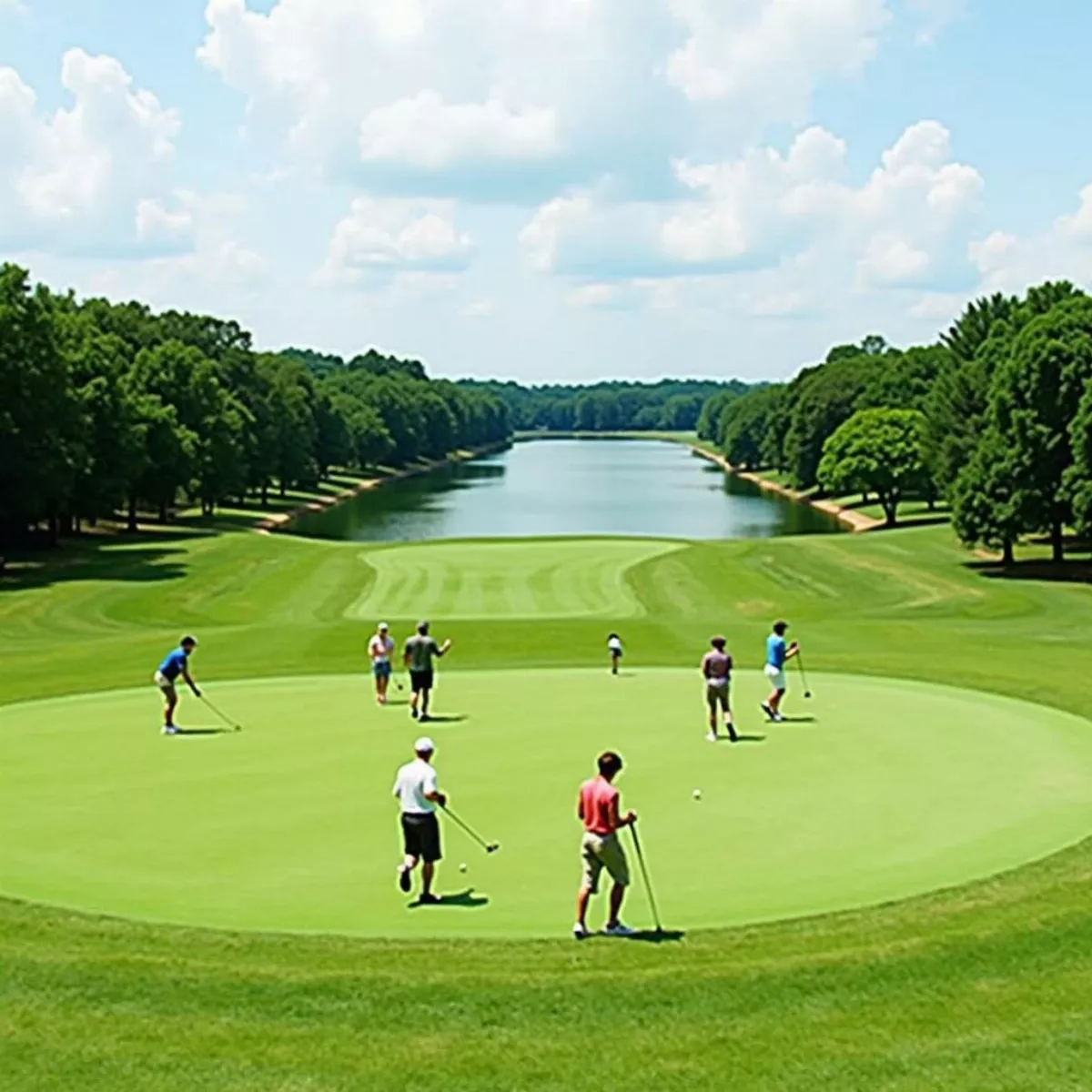 Golfers Putting on the Green at White River Golf Club
Golfers Putting on the Green at White River Golf Club Inviting Clubhouse at a Batesville Golf Course
Inviting Clubhouse at a Batesville Golf Course
 Golfer Using Push Cart on Course
Golfer Using Push Cart on Course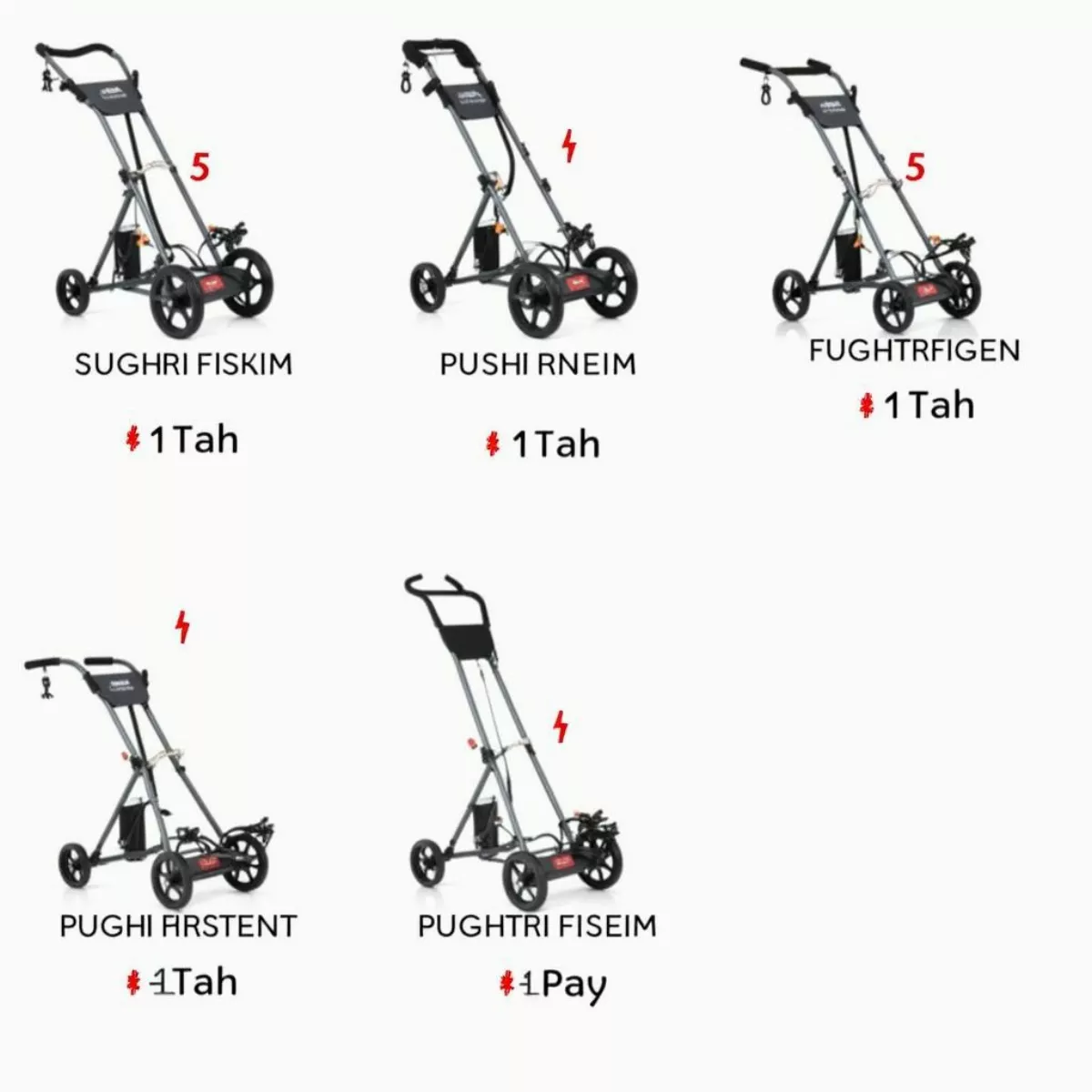 Sun Mountain Push Cart Models Comparison
Sun Mountain Push Cart Models Comparison
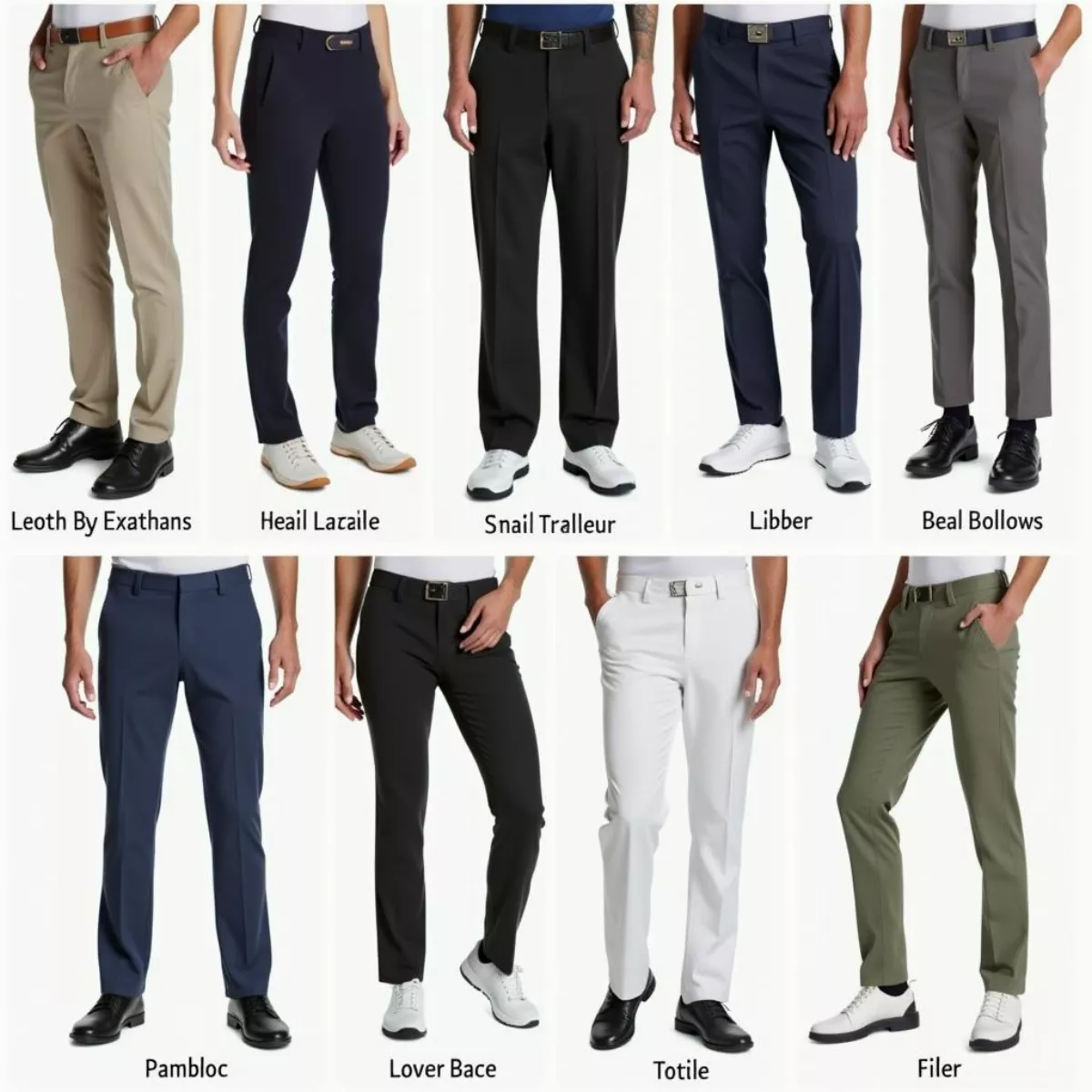 Different styles and colors of golf pants.
Different styles and colors of golf pants.
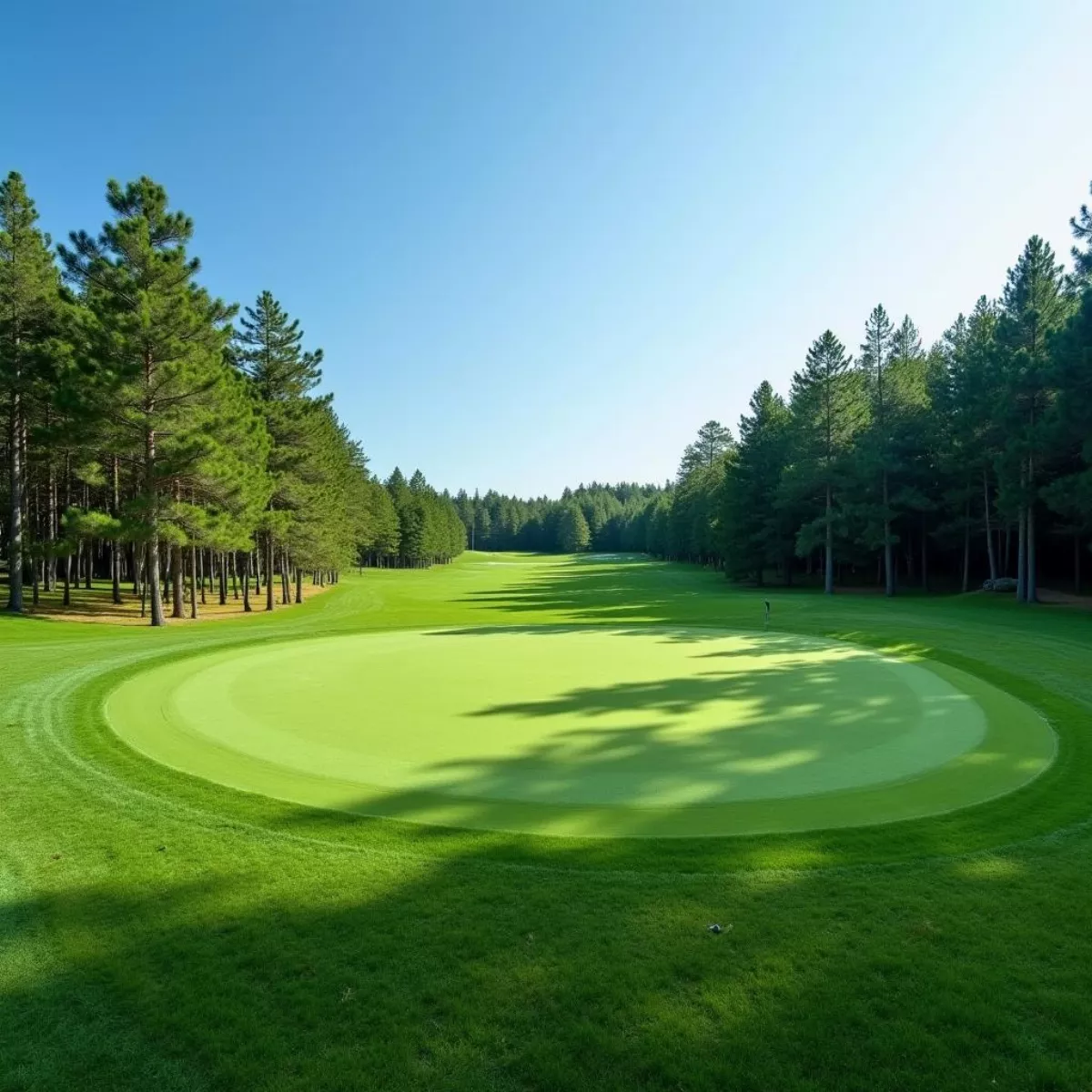 Picturesque golf course
Picturesque golf course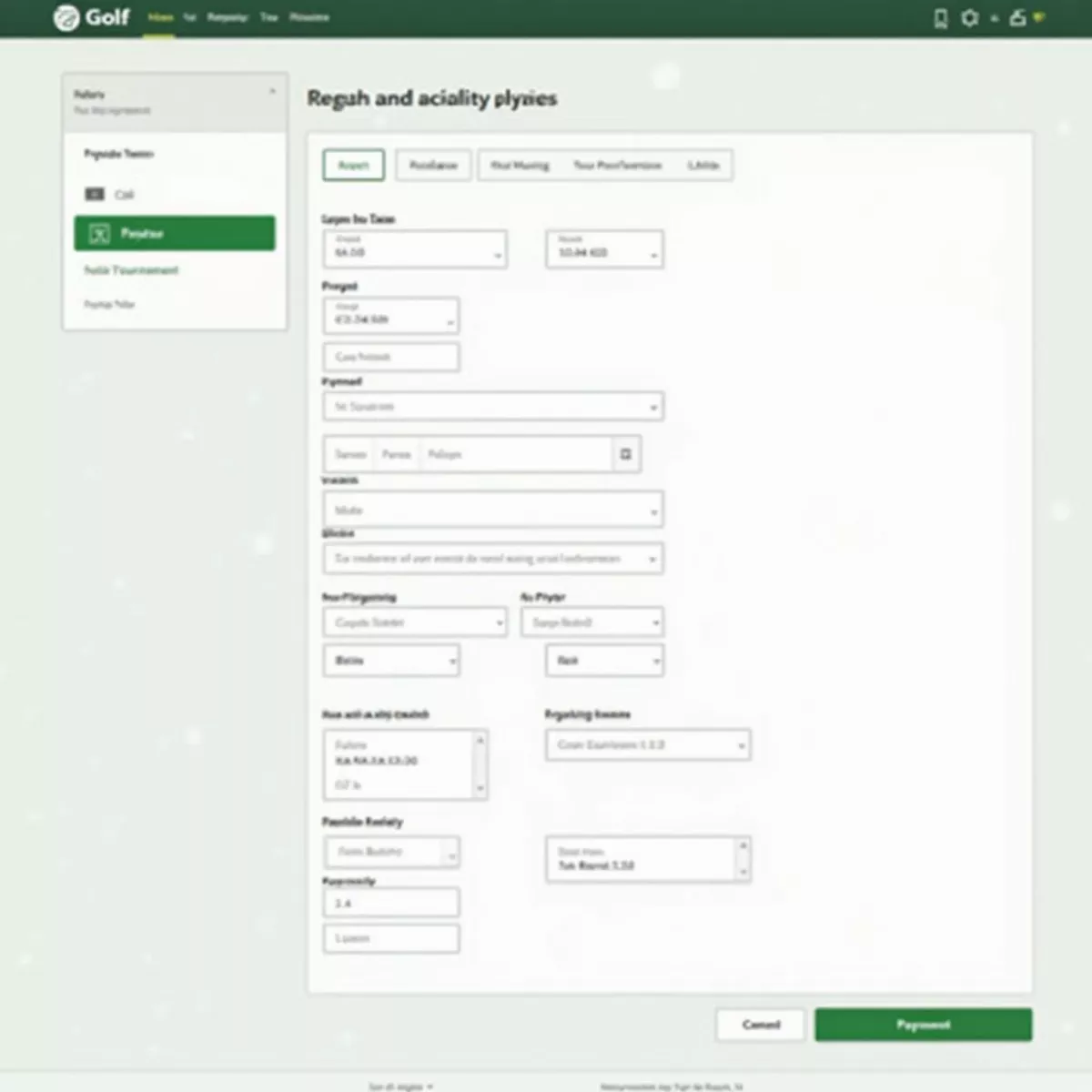 Online golf tournament registration
Online golf tournament registration Golfers enjoying refreshments
Golfers enjoying refreshments
 Tourists Driving Golf Cart in Bimini
Tourists Driving Golf Cart in Bimini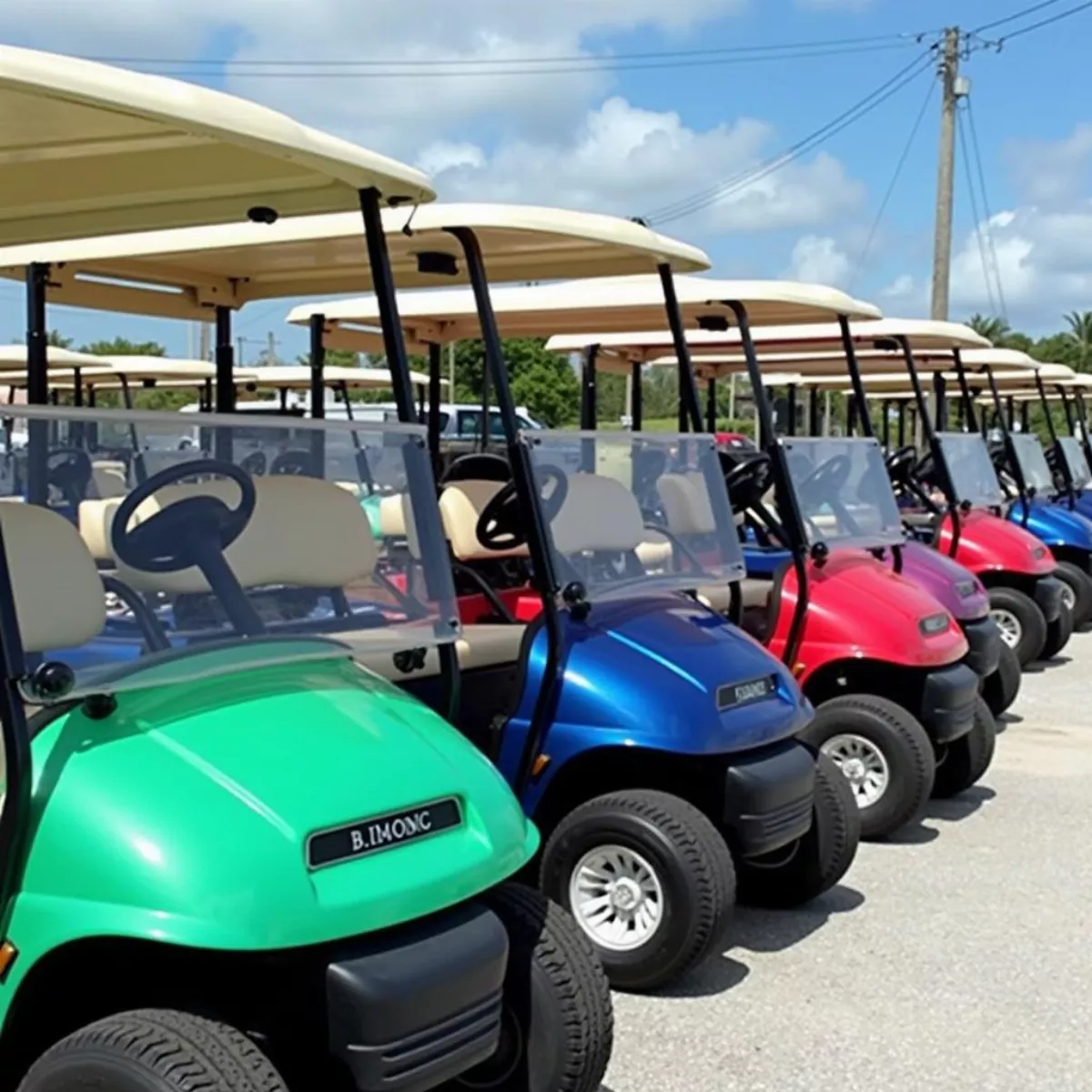 Colorful Golf Carts Parked in a Row
Colorful Golf Carts Parked in a Row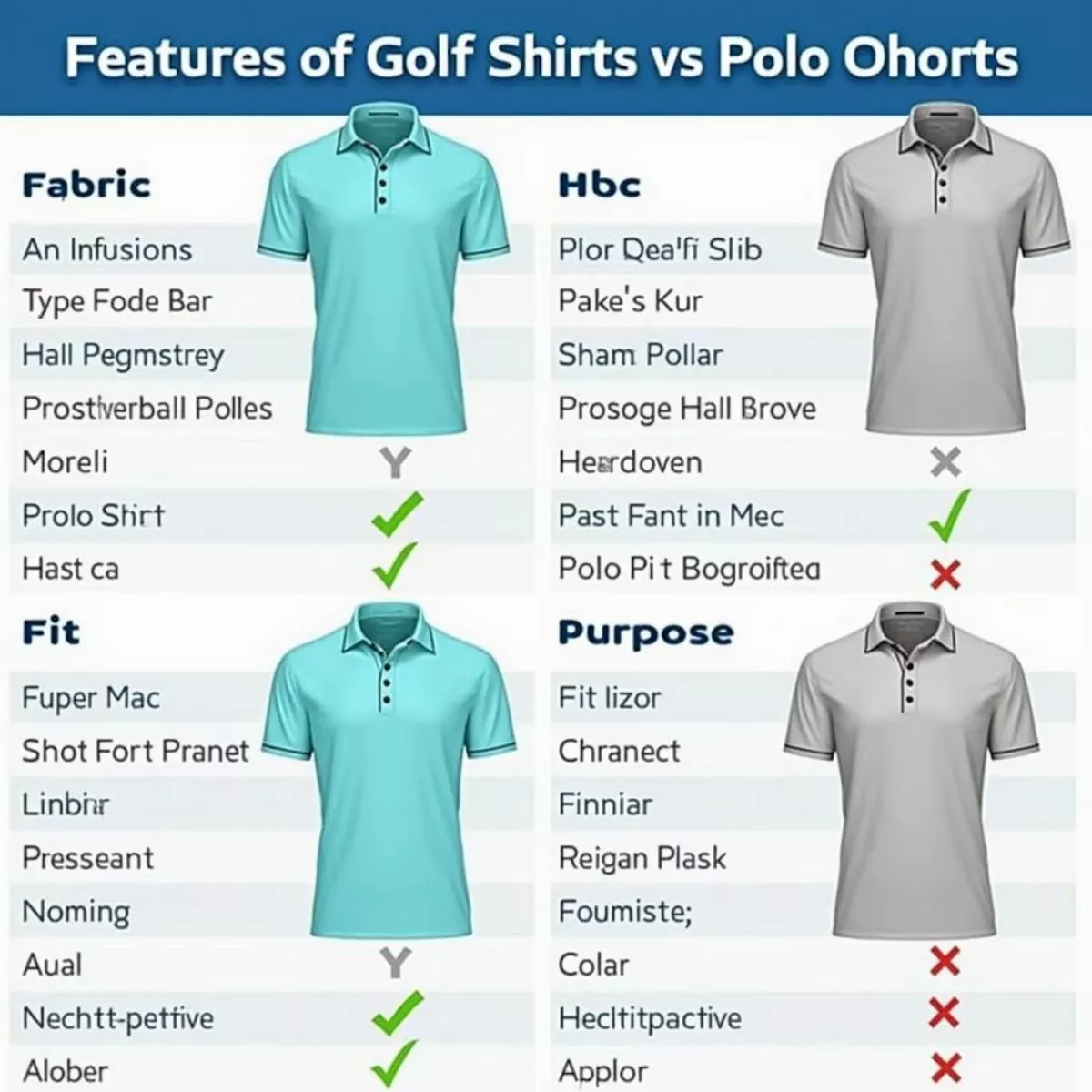
 Golfer on Course Wearing Golf Shirt
Golfer on Course Wearing Golf Shirt Man in Casual Outfit with Polo Shirt
Man in Casual Outfit with Polo Shirt
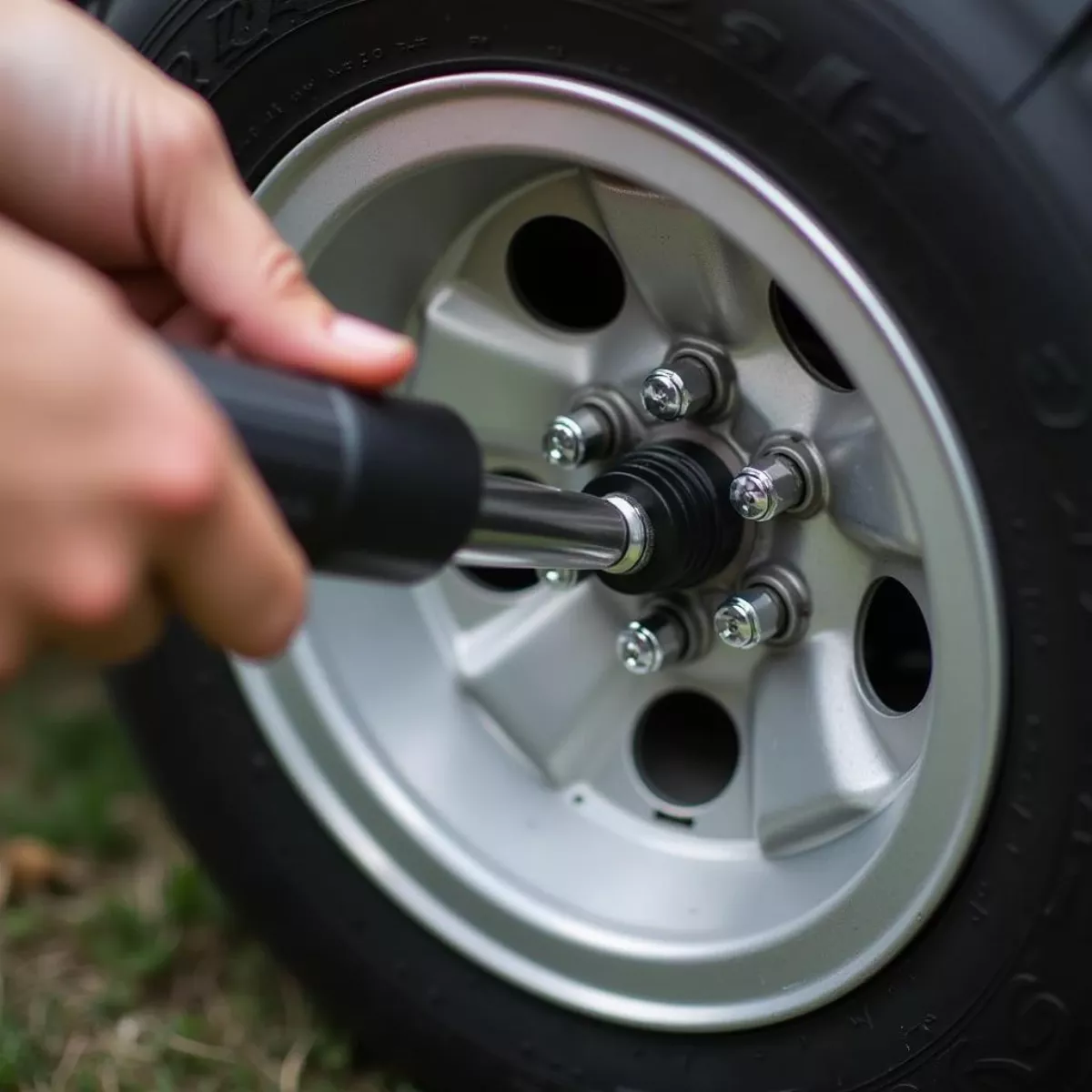 Person tightening lug nuts on a golf cart
Person tightening lug nuts on a golf cart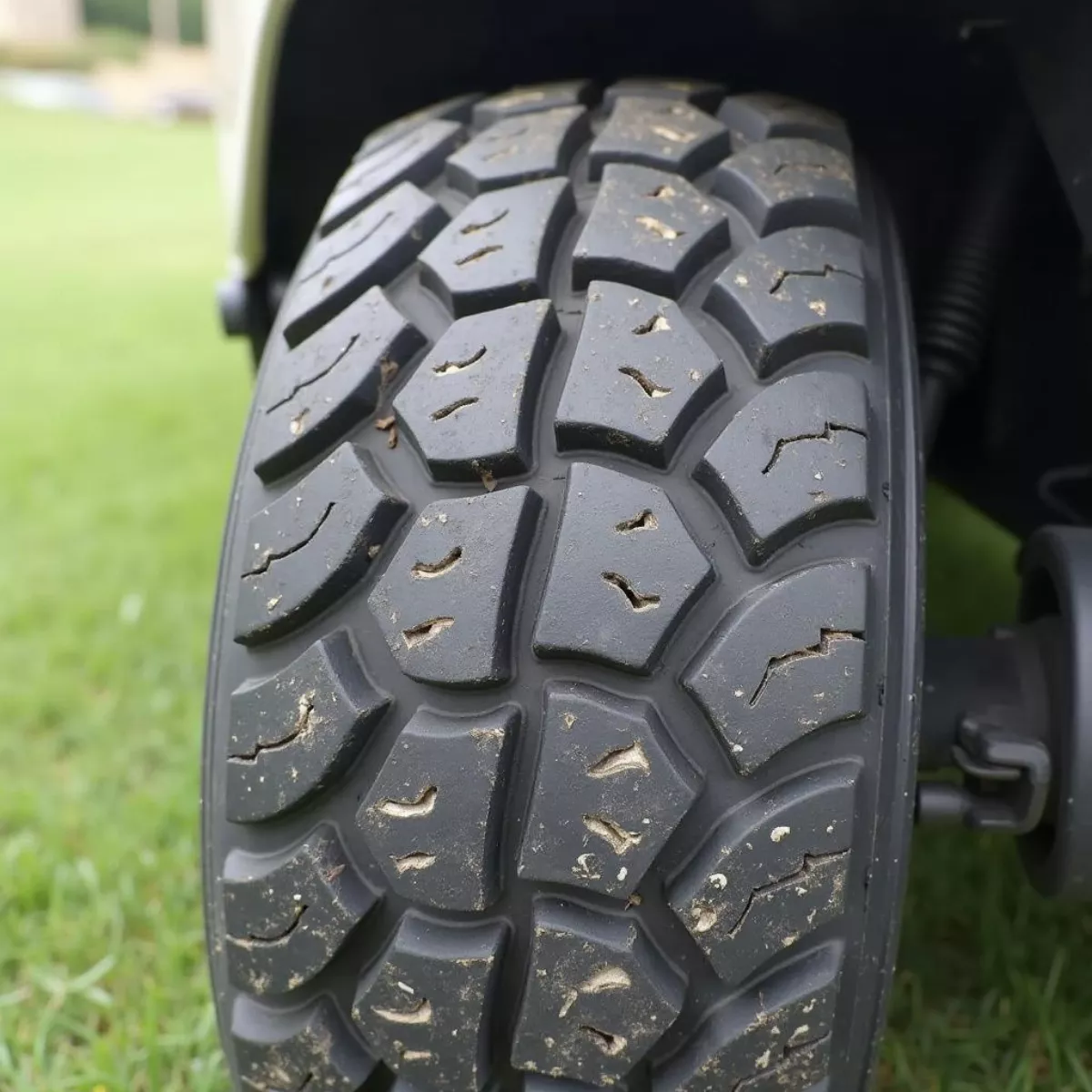 Worn out golf cart tire with visible damage
Worn out golf cart tire with visible damage
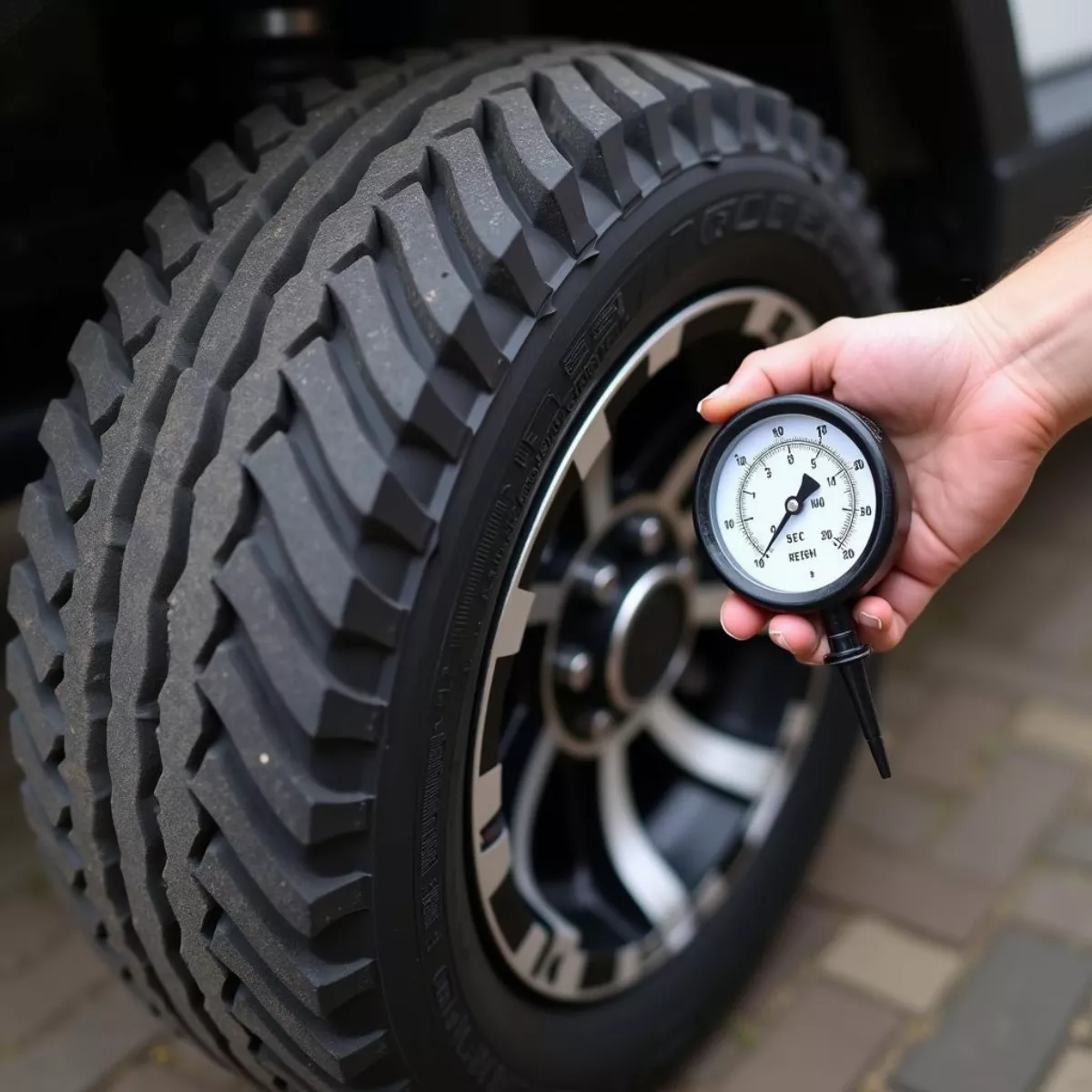 Checking Yamaha Golf Cart Tire Pressure
Checking Yamaha Golf Cart Tire Pressure Yamaha Golf Cart Tire with Low Pressure
Yamaha Golf Cart Tire with Low Pressure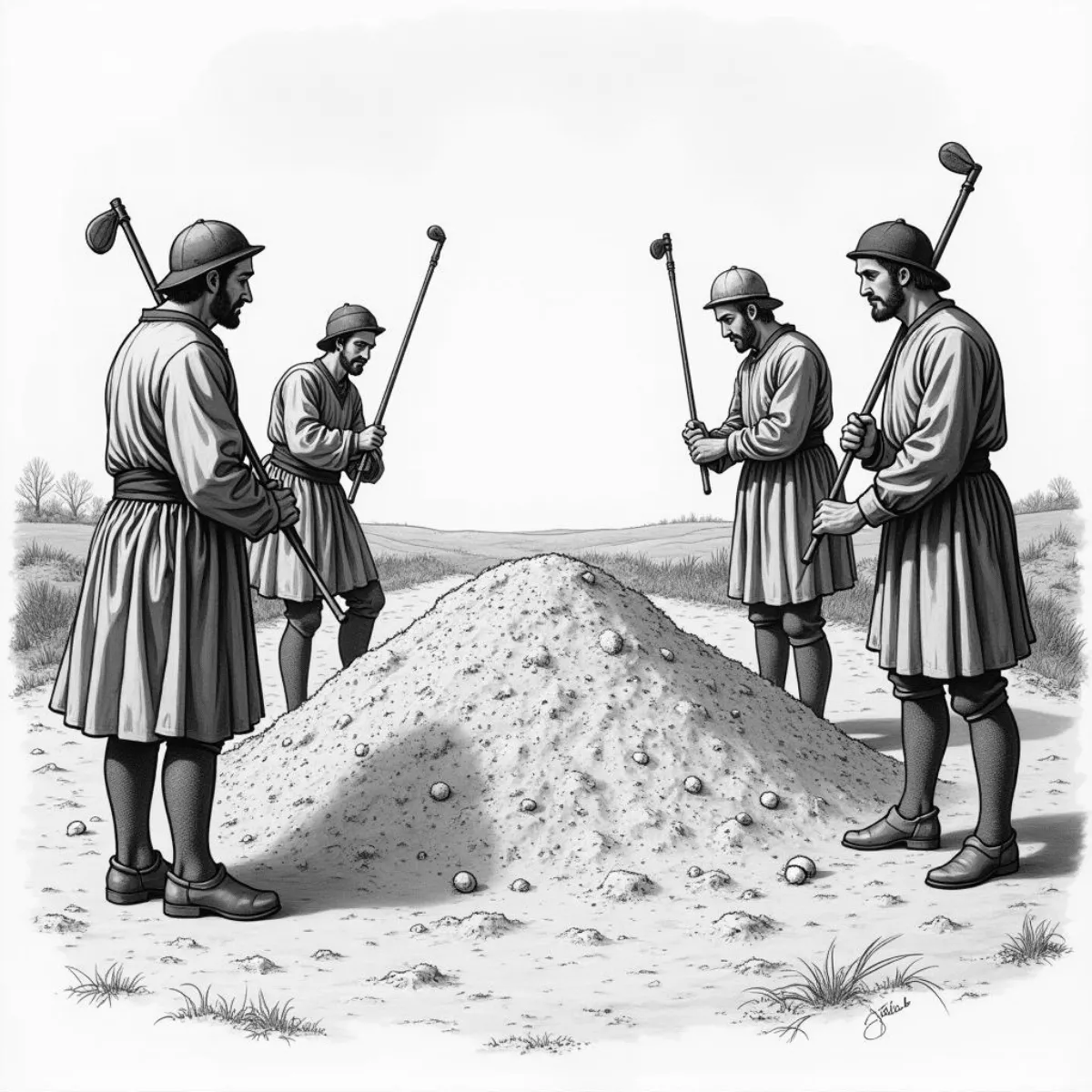
 Vintage Rubber Golf Tees
Vintage Rubber Golf Tees Modern Golf Tees Variety
Modern Golf Tees Variety